Growing up in the South, I’ve learned a thing or two about cooking collard greens. Cleaning these leafy greens might seem like a time-consuming task, but trust me, it’s worth it for the delicious end result. To start, fill up your sink with cold water.-
Next, take each collard green leaf and give it a rinse under running water to remove any dirt or debris. After that, carefully remove the tough stems from the center of each leaf by folding them in half and cutting along the stem. Once the stems are removed, stack the leaves together and roll them into a tight bundle.-
Using a sharp knife, slice the bundled leaves into thin strips. Now, it’s time for a thorough wash. Submerge the collard green strips in the sink filled with cold water and swish them around with your hands, allowing any remaining dirt to sink to the bottom. Repeat this process a few times until the water runs clear.-
For an extra level of cleanliness, you can also add a splash of white vinegar to the final rinse to help eliminate any bacteria on the greens. Give them one last swish and then drain the water from the sink. Congratulations! You have successfully cleaned your collard greens and they’re ready to be cooked into a delicious, soulful dish.
Dos
- Rinse the collard greens in cold water
- Remove any damaged or discolored leaves
- Separate the leaves and discard the tough stems
- Soak the leaves in salt water for a few minutes to remove any dirt or insects
- Thoroughly rinse the leaves again before cooking
Donts
- Don’t skip the rinsing step
- Don’t use warm or hot water, as it can wilt the leaves
- Don’t overcook the collard greens, as they can become mushy
- Don’t season with too much salt, as collard greens can become salty on their own
- Don’t forget to remove any tough stems, as they can be unpleasant to eat
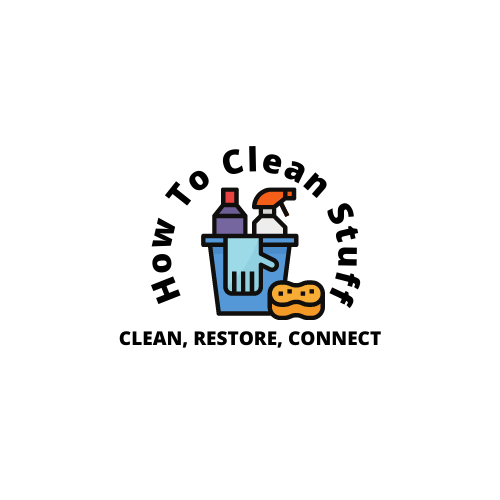
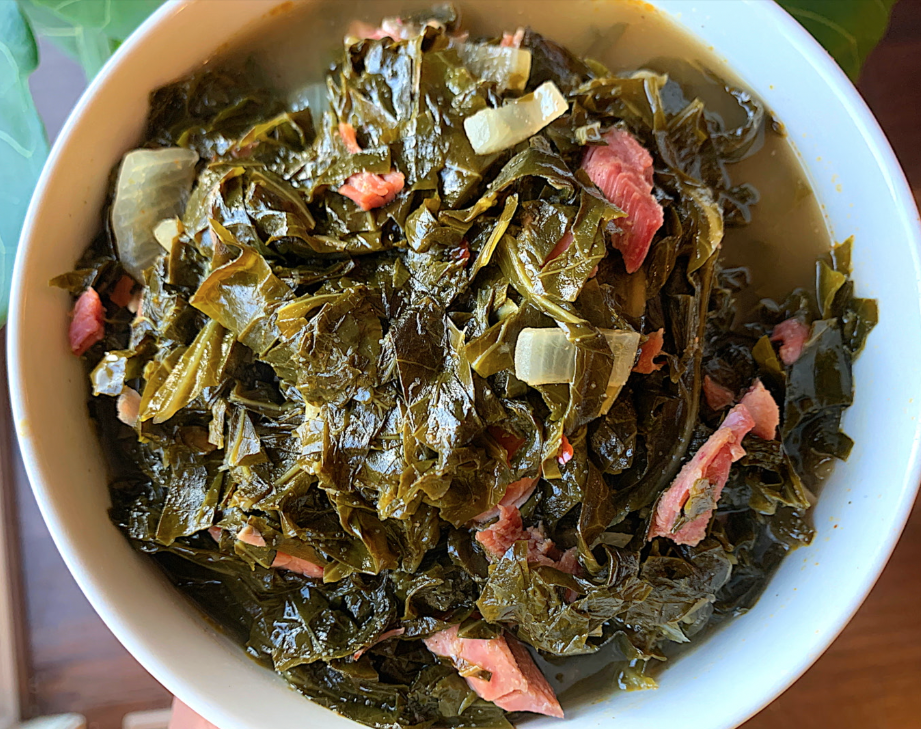
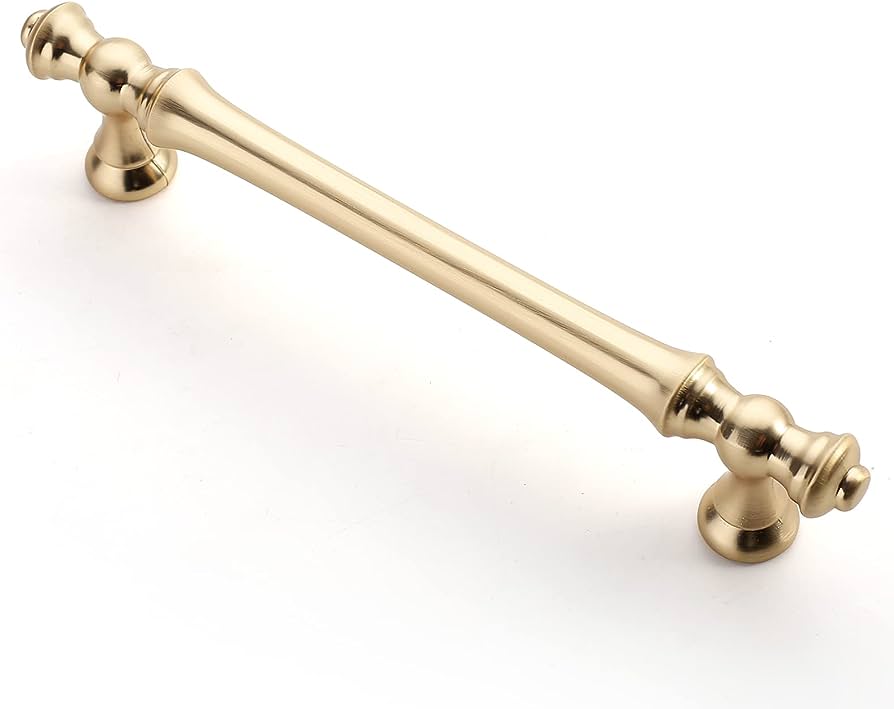
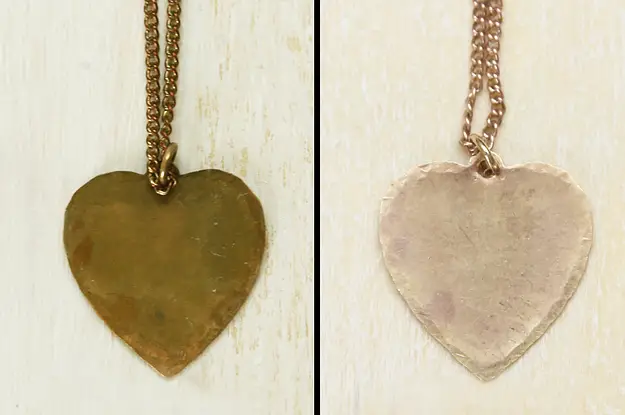
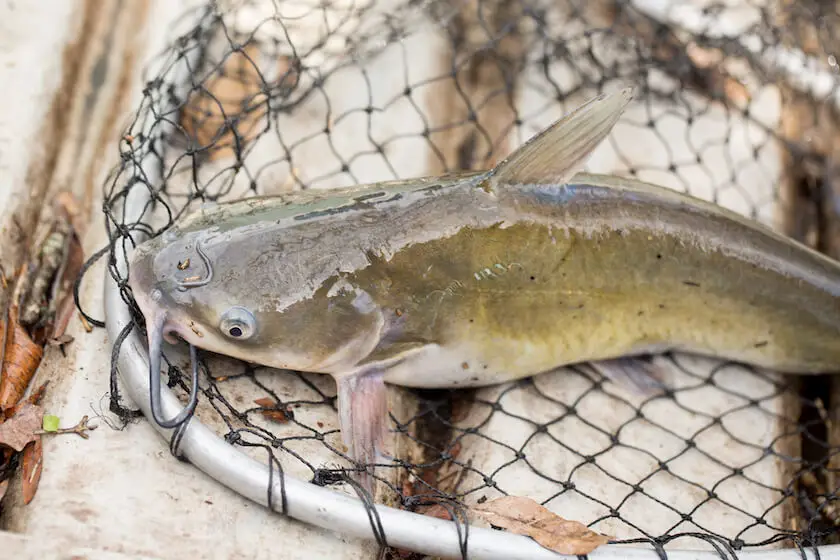

Leave a Reply